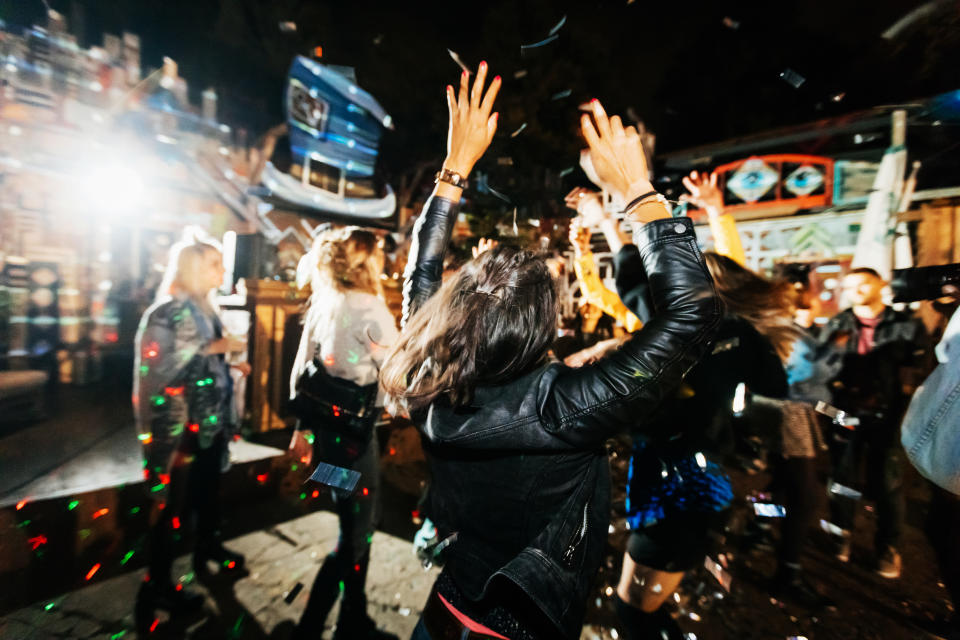Three million clubbing tourists poured over €1.4bn into Berlin in 2018

Berlin is synonymous with partying, and for many techno-lovers, a weekend in Berghain, often voted one of the best clubs in the world, is akin to a pilgrimage.
Some three million tourists came to the city in 2018 purely with the aim of enjoying its clubs and nightlife, according to a new report by the Berlin Clubcommission, an association that campaigns for the interests of members of the Berlin club and party scene.
Its calculations were based on tourist board figures that show one third of all visitors to the city fall into the “club tourist” category, and that they spent an average of €205 (£179) per day, and stay an average of 2.4 days each.
While the clubbing industry made roughly €216m turnover in the year, club tourists of course spend money outside of the clubs. The study says that their spending on hotels, taxis, food and so on during their clubbing trips amounts to an annual €1.48bn for the city’s businesses. Clubs and party organizers also directly employed some 9,000 people in 2018.
Lutz Leichsenring, spokesman and executive board member for the Berlin Clubcommission told Yahoo Finance UK that the number of club tourists is on the rise. “What’s interesting is that the number of clubs has stayed relatively constant in the last years,” Leichsenring said. “We had a time there where some clubs had to close, but we have managed since then to keep the numbers quite steady.”
Berlin’s clubs, however, are menaced by the same rapidly rising property and rent prices as the city’s inhabitants, with gentrification showing no sign of abating. A 2018 report from Knight Frank found that Berlin property prices rose by almost 21% in 2017, compared to a global average of 4.5%. In February last year, the German central bank said rental costs on new leases in Berlin soared by over 9% in 2017.
“Gentrification an issue, as it is pushing up rent prices, and one club in Berlin, Watergate, had its rent doubled a few months ago, when its rental contract expired,” said Leichsenring, adding that rising rent prices means many clubs no longer can afford to invest in getting artists.
“In our opinion, that’s the wrong path,” he added. “If we want the scene to stay diverse and colorful, then we have to think about how these inner city locations can stay affordable—because these are not businesses that just play chart music like everywhere in the world, these are places that cater to distinct niches … that are part of a distinct community, like the gay community, or of distinct ethnic groups.
“The study showed that club culture has a social, as well as a cultural and economic effect on the community— it’s all interlinked.”

 Yahoo Finance
Yahoo Finance 